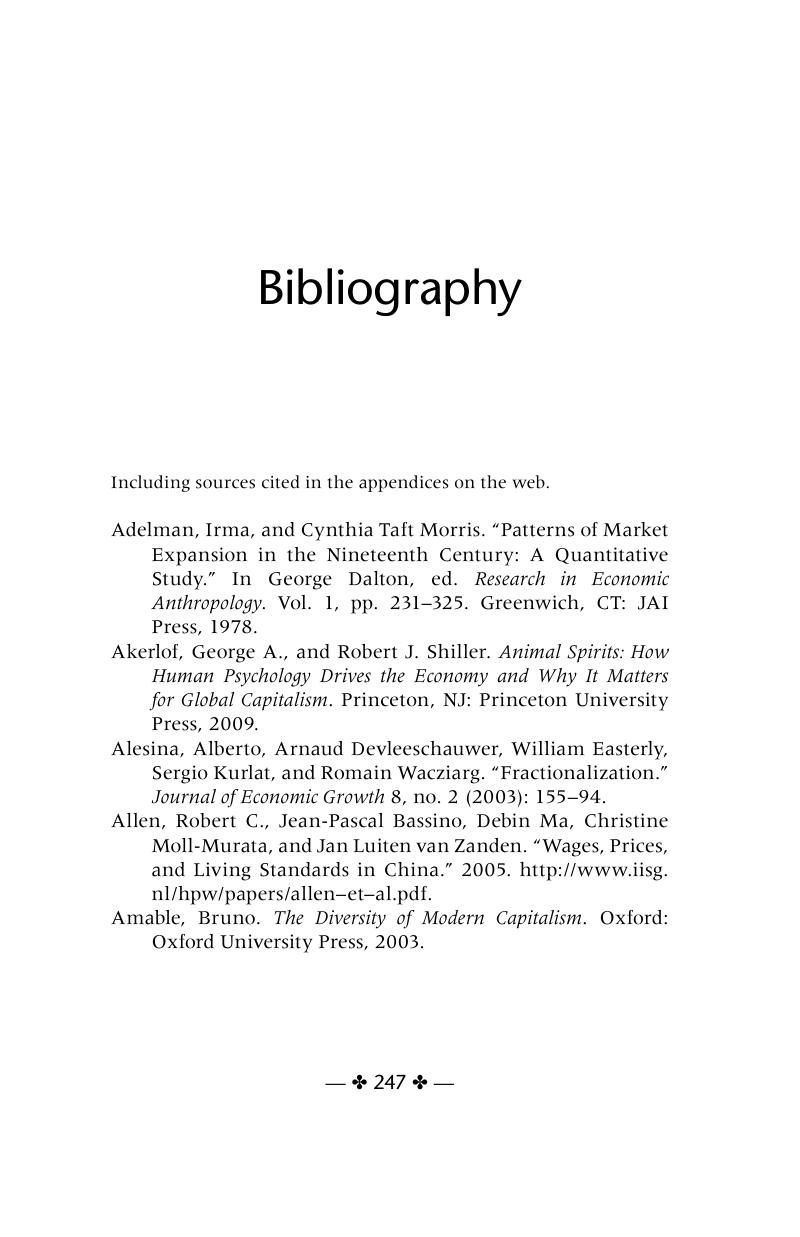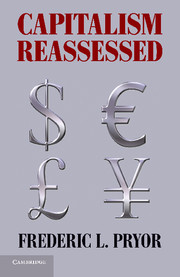Book contents
- Frontmatter
- Contents
- List of Tables and Figures
- Acknowledgments
- Capitalism Reassessed
- 1 Introduction
- 2 What Is Capitalism?
- 3 Origins of Capitalism
- 4 Varieties of Capitalism in Industrialized Nations
- 5 Cultural Influences on the Economic System
- 6 Do Some Economic Systems Perform Better Than Others?
- 7 Happiness and Economic Systems
- 8 How Capitalism Will Change
- Bibliography
- Index
- References
Bibliography
Published online by Cambridge University Press: 05 June 2012
- Frontmatter
- Contents
- List of Tables and Figures
- Acknowledgments
- Capitalism Reassessed
- 1 Introduction
- 2 What Is Capitalism?
- 3 Origins of Capitalism
- 4 Varieties of Capitalism in Industrialized Nations
- 5 Cultural Influences on the Economic System
- 6 Do Some Economic Systems Perform Better Than Others?
- 7 Happiness and Economic Systems
- 8 How Capitalism Will Change
- Bibliography
- Index
- References
Summary

- Type
- Chapter
- Information
- Capitalism Reassessed , pp. 247 - 264Publisher: Cambridge University PressPrint publication year: 2010



